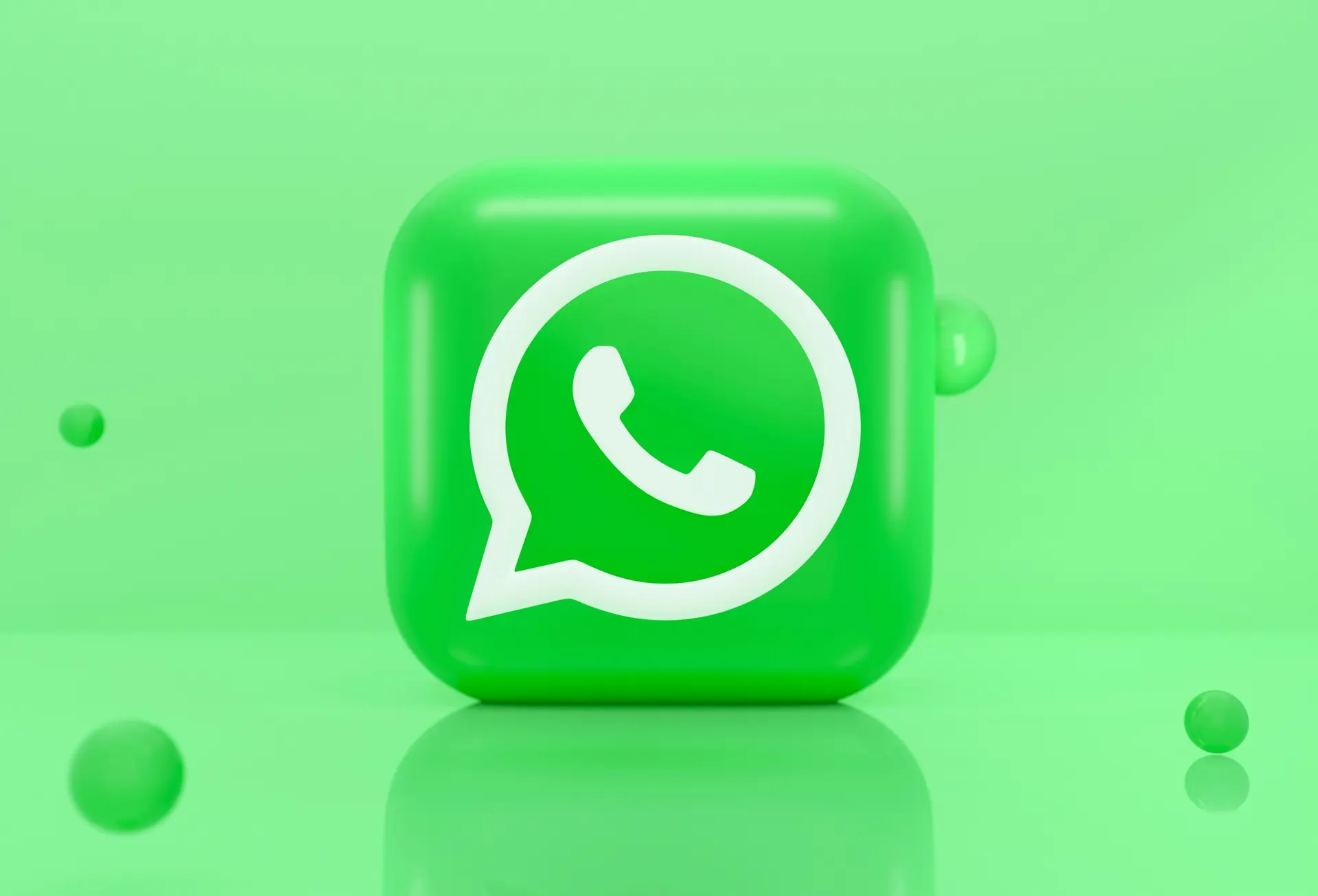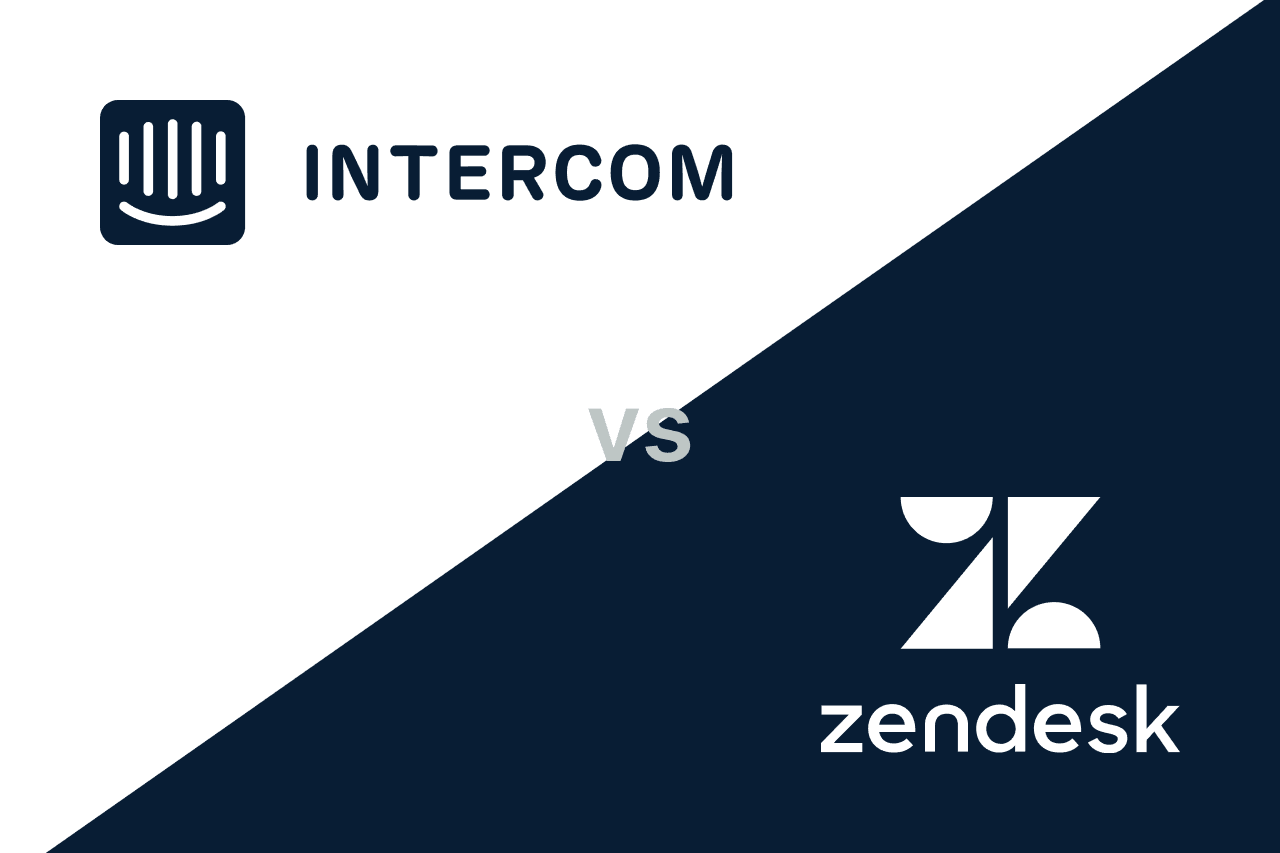Customer segmentation is the process of dividing customers into groups in order to develop targeted marketing measures. This enables you to address specific needs and use marketing resources more efficiently. In this article, you will learn what methods are available and how you can apply them in practice.
What is customer segmentation?
Customer segmentation is the strategic process of dividing customers into groups with shared characteristics, such as demographics or purchasing behavior. The goal is to create clearly defined groups within your customer base in order to make marketing efforts more efficient. This targeted division into individual customer segments allows you to better address specific needs and thereby gain a competitive advantage.
A well-thought-out customer segmentation strategy helps to identify market opportunities and create better customer experiences. By targeting different customer groups, you can improve customer loyalty and increase marketing efficiency.A WhatsApp marketing agencycan help you with thisThese advantages make customer segmentation an indispensable tool in modern marketing and sales.
Types of customer segmentation
There are various approaches to customer segmentation that help you better understand and reach your target groups. Diverse models and methods support you in defining and using the appropriate segmentation criteria. In practice, multiple models are often tested to meet the specific needs of the target group.
A basic approach is one-dimensional customer segmentation, in which customers are segmented based on a single characteristic. This method often results in heterogeneous groups, which is why multidimensional customer segmentation is preferred to allow for more precise classification into a customer segment.
Below, we will look at the main types of customer segmentation in detail.
1. Demographic Segmentation
Demographic segmentation uses characteristics such as gender, age, and income to effectively target audiences. An example of this is an online clothing store that segments its customers by gender, age, and income to create personalized offers. This method allows you to tailor your marketing messages to the respective demographic group, thus increasing the relevance of the offers.
You can also segment your B2C customers geographically, developing different marketing strategies for urban and rural areas. Using demographic data provides a solid foundation for targeted marketing measures and personalized messages that can strengthen customer loyalty and increase sales.
2. Psychographic segmentation
Psychographic segmentation refers to the consideration of personality and values. The interests of customers also play an important role. This method is particularly useful if you offer different products or services, as it allows you to appeal to customers on an emotional level. For example, a typical B2C segment could be based on the lifestyle and values of customers.
Taking aspects such as lifestyle and values into account allows you to tailor your marketing messages precisely to the needs and desires of the target groups. This leads to a stronger emotional connection between customers and your brand and increases the likelihood that they will choose your products or services.
3. Behavior-based segmentation
Behavior-based segmentation analyzes purchasing behavior to identify and target specific buyer groups. By analyzing purchasing behavior, you can develop targeted marketing strategies that are aligned with the needs of different buyer groups. A successful example of B2C segmentation is differentiating customers based on purchasing behavior and lifestyle.
This method makes it possible to closely monitor customer behavior and create personalized offers based on it. By analyzing purchase data, you can identify trends and patterns that help you continuously optimize your marketing strategy and improve the way you address customers.
Why is customer segmentation important?
Applying customer segmentation allows you to tailor marketing strategies to the needs of specific groups. Successful customer segmentation often results in a targeted approach that increases the relevance of marketing measures and minimizes wastage. If you understand your target group well, you can make your marketing strategies more effective and strengthen customer loyalty.
Segmentation allows you to identify specific needs and tailor your offers accordingly. This serves as a strategic tool to efficiently plan resources and achieve sales targets. Precise customer segmentation helps to use marketing resources more effectively and increase the efficiency of marketing measures.
Steps to carry out customer segmentation
Customer segmentation guides marketing and sales activities and offers numerous advantages. A well-thought-out segmentation strategy can help improve customer service, support product development, and align marketing strategies. The steps to conducting customer segmentation include gathering and analyzing customer data, identifying key customer characteristics, and creating customer personas.
There are various methods for customer segmentation, such as ABC analysis (one-dimensional) and cluster analysis (multidimensional), which can be applied depending on the objective and data availability. The segments should be clearly defined to enable an individual approach and to derive measures according to customer needs.
1. Collection and analysis of customer data
The basis for precise and effective customer segmentation is the right data. Without this, successful segmentation is not possible. You can collect relevant customer data through personal interviews, surveys (formerly via email), purchasing behavior, and website behavior. You can also obtain this data from CRM systems, social media, purchase history, and loyalty programs. The collected data should include information about customers' interests, preferences, desires, and behavior.
Analyzing customer data helps to identify patterns and common characteristics that are useful in identifying new segmentation opportunities. Methods such as cluster analysis, RFM analysis, and machine learning are often used for multidimensional customer segmentation. This precise data analysis improves the effectiveness of segmentation and enables a targeted customer approach.
2. Identify the most important customer characteristics
The Jobs-to-be-Done (JTBD) framework helps to understand the deep needs of customers by analyzing both motivation and the entire decision-making process. The choice of customer segmentation method is heavily influenced by your goals and data availability. More complex segmentation methods provide more information to help you identify customer groups.
You should regularly review and adjust the insights gained to ensure that the segmentation remains relevant. Discriminant analysis creates a clearer distinction between segments and enables more precise classification. Continuous optimization of the segmentation is crucial to respond to changing market conditions and customer needs.
3.Creating customer personas
Why it's important to create a persona . Customer personas help you to target marketing campaigns to specific customer groups. Through interviews and surveys conducted within the JTBD framework, you can create precise descriptions of customer groups based on their specific requirements. These personas make it easier to select suitable content and tonality for addressing customers and support the development of marketing campaigns that are targeted at specific customers.
Using customer personas enables a personalized approach that strengthens customer loyalty and increases the relevance of marketing efforts. This helps to boost your customers' loyalty and satisfaction and build long-term relationships.
B2B customer segmentation: specifics and strategies
The segmentation of business customers is heavily based on predefined criteria that reveal differences in requirements and behavior. Successful companies use segmentation to address different customer needs and tailor their offerings accordingly. Targeted customer segmentation in the B2B sector helps companies to differentiate themselves from common standards and make their marketing and sales strategies more effective.
A strategic direction and clear goals are the most important factors in B2B customer segmentation. You should consider subsegments based on the need for support and the availability of sales resources. In addition, the use of B2B sales tools is crucial for digitizing and optimizing customer segmentation.
Differences between B2B and B2C
The fundamental difference between private and business customers in customer segmentation is that private customers act based on social and geographical circumstances, while business customers reflect the corporate philosophy. In B2B, the groups into which customers are divided are usually smaller, allowing for a deeper analysis of the customer structure and purchasing behavior.
Clustering in the B2B sector focuses more on buying behavior and less on demographic characteristics. This means that demographics play a minor role in B2B segmentation, while buying behavior and organizational factors are at the forefront. B2B providers capture the decision-making behavior of different customer types in their buyer personas.
Strategy: Using the Jobs-to-be-Done Framework
The Jobs-to-be-Done framework (JTBD) is used in the B2B sector to better understand customer needs and behavior. Buyer personas focus on the purchase decision process, while JTBD looks at deeper motivations and the entire customer journey. By applying the JTBD framework, you can combine demographic information and purchasing behavior to develop targeted customer retention strategies. This enables a more precise and individualized approach that increases the success of marketing and sales measures.
Practical examples of customer segmentation
A successful example of customer segmentation can be illustrated by targeted marketing campaigns for different age groups. Customer segmentation using a cluster analysis shows the categorization of customers by age, income and expenditure in a three-dimensional space.
By applying these methods, companies can precisely identify their target groups and develop targeted marketing measures. We will present specific examples from the B2B and B2C sectors below.
Example 1: B2B
A-, B- and C-customers in the B2B customer segmentation example are defined as follows: A-customers have a turnover of over $25,000; B-customers are between $10,000 and $25,000; C-customers are under $10,000. An office furniture supplier could implement customer segmentation by defining at least one segment for B2B and B2C customers. These customer segments allow you to address your customers precisely and provide sales arguments that are tailored to the needs of each segment. This enables you to increase your sales efficiency and improve customer retention.
Example 2: B2C
An example of B2C customer segmentation is a company that offers fitness products. It focuses on selling fitness products and segments its target audience based on demographic and psychographic characteristics. This segmentation allows you to implement a targeted approach and better adaptation of marketing strategies. By knowing your customers' needs, you can create customized offers that strengthen customer loyalty and increase sales.
Integrating customer segmentation into your marketing strategy
Integrating customer segmentation into your marketing strategy is crucial to increasing the relevance and efficiency of your marketing efforts. Personalized marketing campaigns are an important part of this strategy.
Personalized marketing campaigns
Customer segmentation allows you to develop personalized messages and offers that are better aligned with customers' interests. Campaign participants are addressed individually through personalized content and offers that are tailored to the segments.
Using customer data enables you to increase the loyalty and satisfaction of your customers. Personas make it easier to select suitable content and tonality for the customer approach by reflecting specific characteristics and interests of the segments. This increases the effectiveness of marketing campaigns.
Customer segmentation via Whatsapp
You can address premium customers (A) specifically via Whatsapp, which is particularly worthwhile for luxury brands. A customers have a significantly higher CLV, which is why the additional effort and an individual approach are particularly worthwhile.
It is easier to make sales with an A-customer than with a C-customer. Accordingly, not only double, but many times the turnover can be generated if A-customers receive an individual approach and appreciation through priority support via Whatsapp.
Brands like American Express are already doing this, but they don't rely enough on innovative methods such as direct contact via Whatsapp. Feel free to ask your customers in detail how often they shop with you, for example, whether they have pets or when their birthday is.
Use of data analytics
Data analysis is crucial to identifying patterns and trends within customer data and identifying relevant segments. Analyzing customer behavior allows segments to be dynamically adjusted, increasing the relevance of marketing strategies.
Using data analytics allows you to create precise customer profiles that form the basis for customized marketing strategies. By analyzing customer data, you can identify trends and preferences that are crucial for continuously adapting your marketing strategies.
Continuous optimization of customer segmentation
Continuously reviewing and adjusting customer segments is necessary to ensure their relevance in a changing market. Regular adjustments to customer segments are crucial to respond to changing market conditions and customer needs.
Feedback from marketing campaigns can provide valuable insights that should be used to refine your segmentation strategy. One possible consequence of continuously monitoring customer segments is the development of new products or services, entering new markets or repositioning your brand.
Summary
Customer segmentation is an indispensable tool for optimizing your marketing and sales strategies. By clearly defining target groups, you can better address specific needs and strengthen customer loyalty. Continuously optimizing your segmentation is crucial to responding to changing market conditions and remaining successful in the long term.
Frequently asked questions
What is customer segmentation?
Customer segmentation is the process of dividing customers into groups based on shared characteristics, such as demographics or purchasing behavior, in order to better target marketing strategies. This enables more effective marketing measures.
Why is customer segmentation important?
Customer segmentation is important because it helps you tailor your marketing strategies to the needs of specific groups, which increases relevance and strengthens customer loyalty.
What types of customer segmentation are there?
The main types of customer segmentation are demographic, psychographic and behavioral. Each of these methods allows you to better understand your target audience and develop targeted marketing strategies.
How can customer data be collected and analyzed?
Customer data can be effectively collected and analyzed through surveys, personal interviews, purchasing behavior, CRM systems and social media. These approaches provide comprehensive insight into customer needs and preferences.
How can customer segmentation be integrated into the marketing strategy?
Integrating customer segmentation into your marketing strategy enables you to develop personalized marketing messages that minimize waste coverage and increase relevance. This significantly increases the effectiveness of your marketing activities.







